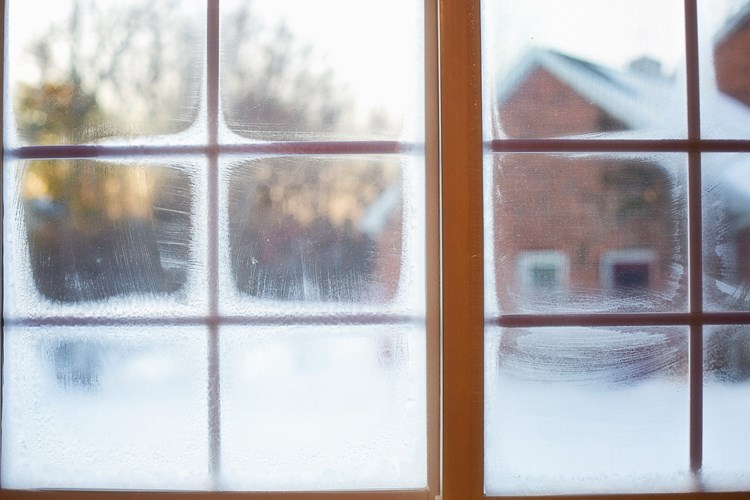How to Keep Cold Air from Coming Through Windows
By Mark Watson
You've made sure that your windows are securely shut, but it seems as though cold air is still coming in. Do you struggle with finding a way to keep cold air from coming through the windows during the winter?
Cold air is usually due to issues with insulation. Windows and doors are the places you should look to first for insulation problems. Here's what you can do to fix the problem fast.
Install Sweeps
Sweeps insulate the area around the window glass, while still making it possible to open and shut your windows. Also known as weatherstripping, sweeps are made out of thin, flexible rubber, and they're easy to install. Sweeps also degrade over time: windows are subject to a lot of light and heat. If you haven't checked your sweeps in a while, check them now. If they're pale and brittle, they have to be replaced.
Add Rigid Foam Insulation
You can install rigid foam board around windows to improve their insulation. Rigid foam insulation is one of the easiest types to install, because it can be cut to size. A professional can add exterior rigid foam around your windows and create a tight seal.
Install High-Quality Insulated Curtains
If you hover your hand by the glass of the window, is it cold? It may not be that cold air is getting in. It might just be that the air around your window glass is cold. This is more of a problem with larger windows. If you have a home that has large, floor to ceiling windows, a lot of cold air is going to be coming in straight through the glass.
While you can replace your windows with insulating glass windows, that's an expensive fix. Instead, consider investing in high-quality, insulated curtains. Insulated curtains will absorb the cold for you, keeping your room warmer.
Re-Caulk Windows and Doors
Holes can form around both windows and doors over time. Pass your hand around your window and door frames when the wind is blowing and you should be able to feel any areas where air is getting in. You may also frequently hear a whistling sound whenever the wind is blowing particularly hard. Caulking is easy: you just need caulk and a caulking gun. Fill up the holes and spread it flat with a putty knife, then paint over.
Look for Potential Water Damage
Water damage is also something that can lead to colder temperatures in your home. Over time, water can leak into your masonry or your drywall. Water damage is serious: the cold could be the least of your problems. And, over time, this water damage will degrade the framing around your windows, and will let cold air in.
Replace Your Windows
As mentioned, replacing your windows is also always an option. There are new types of windows that provide superior insulation, which will reduce your energy costs and eventually pay for themselves. Some of these windows even come with energy-efficient tax credits. If your windows are old and single-paned, this is something to consider. There's only so much you can insulate an older window.
By insulating your windows properly, you can improve the comfort of your home and your energy-related costs. For more information about insulating your home from the cold, contact the Exterior Medics.